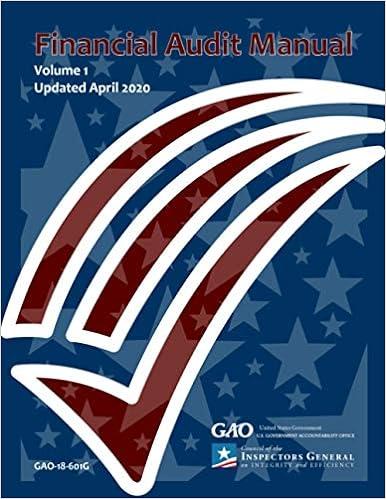Question
Journal entry 1; Record accounts receivable written off during the year 2018. Record entry to reinstate an account receivable previously written off. Record collection of


Journal entry 1;
Record accounts receivable written off during the year 2018.
Record entry to reinstate an account receivable previously written off.
Record collection of an account receivable previously written off.
journal entry 2:
Bad debt expense is estimated to be 3% of credit sales for the year.
Bad debt expense is estimated by computing net realizable value of the receivables. The allowance for uncollectible accounts is estimated to be 10% of the year-end balance in accounts receivable.
Bad debt expense is estimated by computing net realizable value of the receivables. The allowance for uncollectible accounts is determined by an aging of accounts receivable.
Raintree Cosmetic Company sells its products to customers on a credit basis. An adjusting entry for bad debt expense is recorded or at December 31, the company's fiscal year-end. The 2017 balance sheet disclosed the following Current assets: Receivables, net of allowance for uncollectible accounts of $38,000 472,000 During 2018, credit sales were $1,790,000, cash collections from customers $1,870,000, and $43,000 in accounts receivable were written off. In addition, $3,800 was collected from a customer whose account was written off in 2017. An aging of accounts receivable at December 31, 2018, reveals the following Percentage of Year-End Receivables in Group 65% 15 15 Percent Uncollectible Age Group 0-60 days 4% 10 30 50 61-90 days 91-120 days Over 120 days Required: 1. Prepare summary journal entries to account for the 2018 write-offs and the collection of the receivable previously written off. 2. Prepare the year-end adjusting entry for bad debts according to each of the following situations a. Bad debt expense is estimated to be 3% of credit sales for the year. b. Bad debt expense is estimated by computing net realizable value of the receivables. The allowance for uncollectible accounts is estimated to be 10% of the year-end balance in accounts receivable c. Bad debt expense is estimated by computing net realizable value of the receivables. The allowance for uncollectible accounts is determined by an aging of accounts receivable 3. For situations (a)-(c) in requirement 2 above, what would be the net amount of accounts receivable reported in the 2018 balance sheetStep by Step Solution
There are 3 Steps involved in it
Step: 1

Get Instant Access to Expert-Tailored Solutions
See step-by-step solutions with expert insights and AI powered tools for academic success
Step: 2

Step: 3

Ace Your Homework with AI
Get the answers you need in no time with our AI-driven, step-by-step assistance
Get Started


